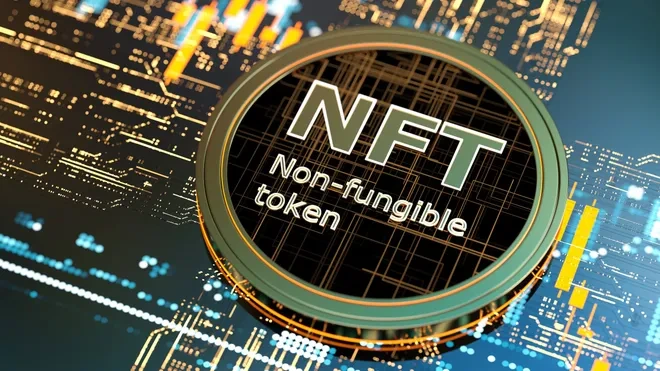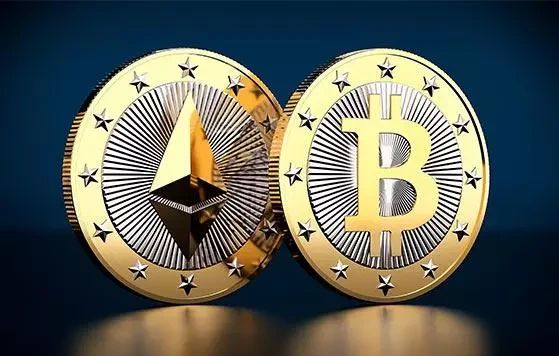Why the Shift from Web2 to Web3 Is Happening (Even If You Haven’t Noticed Yet)
August 2, 2025

Why the Shift from Web2 to Web3 Is Happening (Even If You Haven’t Noticed Yet)
You’ve probably heard it in passing — Web3, the “next version” of the internet. Maybe you’ve rolled your eyes. Maybe you’ve thought, It’s just hype, right? Wrong. Web2 to Web3 reasons are real not just buzzwords. And a lot of the skepticism? It’s based on outdated assumptions.
Let’s bust some of the biggest myths — and break down what’s really changing.
Myth #1: Big Platforms Are Here to Stay, and That’s Fine
It’s easy to think we’ll always rely on Facebook, Instagram, or YouTube. They’re convenient. Familiar. But the cracks are showing.
Remember the day Facebook went down and the internet lost its mind? Or how creators are constantly fighting the algorithm, chasing visibility they can’t control?
Here’s the truth: platform trust is eroding. That’s a major Web2 to Web3 reason. In Web2, the platforms own your content, your followers, your revenue. In Web3, the code — not corporations — is what you rely on. Smart contracts, blockchains, and decentralized apps (dApps) aim to shift control back to users.
It’s not perfect yet. But the demand for autonomy? Very real.


Myth #2: Web2 to Web3 Reasons Don’t Include Ownership — But They Absolutely Do
Let’s clear this one up: no, you never really “owned” that music you bought on iTunes or that Fortnite skin you paid for. If the platform dies or bans you? You lose access.
Web3 challenges that idea. NFTs, tokens, blockchain-based assets — they’re not just collectibles. They represent actual ownership: provable, transferable, and independent of the platform they live on.
That’s one of the biggest Web2 to Web3 reasons pushing the shift: the idea that digital ownership should actually mean something.


Myth #3: Web2 to Web3 Reasons Are All Philosophy — Not Monetization (Wrong Again)
Think again.
In Web2, platforms and app stores take a huge cut. YouTube? Ad revenue shares. Apple? 30% off the top. Creators play in someone else’s sandbox.
Web3 turns that model on its head. Peer-to-peer payments, creator tokens, decentralized finance tools — they’re already letting people earn without giving up a chunk to a middleman.
Sure, Web3 monetization tools are still maturing. But the underlying promise is financial freedom, and for creators, developers, and even fans, that’s a game-changer.

Myth #4: Identity Online Is Solved — Just Use a Google Login
Web2 gave us convenience — sign in with Facebook, Google, or Apple. But that also means handing over your data to platforms that sell it, leak it, or lose it.
Web3 isn’t just about logging in differently — it’s about owning your identity. A digital wallet or decentralized ID doesn’t just log you in — it moves with you across platforms. You stay in control of your data, not some backend server you’ve never seen.
And for developers, that’s a huge bonus: better privacy, fewer compliance headaches, and more innovation. This is one of the quiet but powerful Web2 to Web3 reasons driving adoption behind the scenes.


Myth #5: Web3 Is All Hype, No Problems Solved
Let’s not pretend Web3 is a utopia. It’s not. There are real issues: regulation is murky, UX can be a pain, scams still lurk, and not everyone wants to manage their own keys or wallets.
But here’s the kicker — Web2 isn’t exactly perfect either. Endless ads. Surveillance capitalism. Censorship. Corporate control. The alternative isn’t some flawless system — it’s the same broken one we’ve been living in.
Web3 isn’t a magic wand, but it’s a step toward more user control, more fairness, and more resilience. And that’s more than just idealism — it’s the foundation of a new phase of the internet.

Final Thoughts: The Web3 Shift Is Quiet, But It’s Real
You might already be in it without realizing. Signed in with your wallet to mint an NFT ticket? Played a game that rewarded you in crypto? Bought merch with a token?
That’s Web3. It’s creeping in — not with a bang, but with a slow takeover.
And while skeptics focus on what Web3 isn’t, creators, developers, and even legacy platforms are waking up to what it could be. The Web2 to Web3 reasons are stacking up. And you’ll probably find yourself part of the shift — whether you’re ready or not.
Relevant Link : Here

